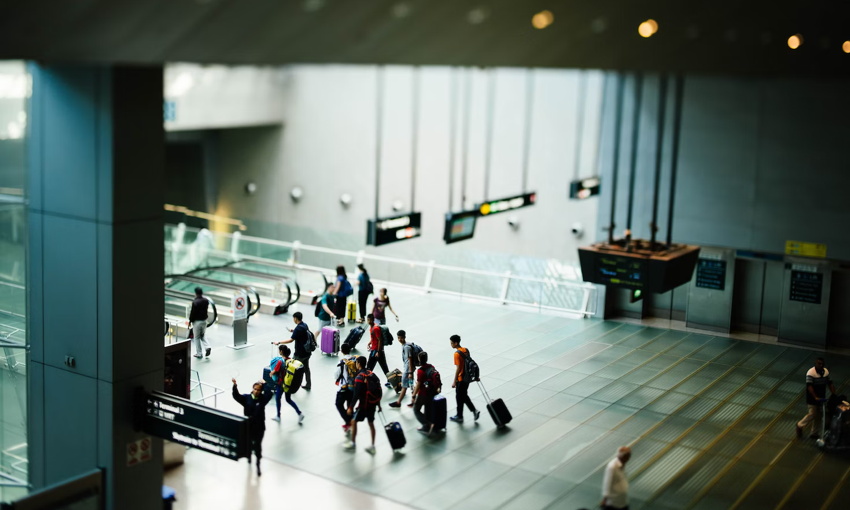Excerpt from CoStar
Tourism Economics Expects Zero GDP Growth in First Two Quarters of 2024
In a presentation to PKF Hospitality Group's 196+ Americas Summit, Adam Sacks of Tourism Economics explained how travel demand will remain resilient even as the U.S. economy slows.
The recovery of travel in the U.S. is basically complete, said Adam Sacks, president of Tourism Economics.
In a presentation during the PKF Hospitality Group's virtual 196+ Summit Americas, Sacks said that travel spending in October was nearly 5% ahead of where it was in 2019, and year to date it’s up about 4%. The number of air passengers in October was up 4.8% compared to the same month in 2019 and up 1.1% year to date.
While hotel demand isn’t fully back, the main reason for that is overseas travel to the U.S. hasn’t fully rebounded, he said. The month-to-month trends show performance across all key metrics improving relative to 2019.
“Basically, things continue to look really good,” he said. “We’re not seeing things let up as far as demand, but I would say as we look forward into the future, there is a bit of a tug of war.”
Economic Indicators
On the market side, the U.S. added about 130,000 jobs in October, but there are some signs that things are softening, Sacks said. Unemployment is under 4%, but he believes that will break through in the coming months.
Consumers are worried about inflation even though it’s rising slower than a year ago, he said. The Federal Reserve has committed to raising interest rates to bring down inflation, and has raised rates at the fastest pace in history. That has had a significant economic effect, notably in home sales, which have plummeted with 30-year fixed mortgages at 8%.
Higher interest rates have taken a toll on consumer spending, with consumer loans decreasing as the cost of debt increased, he said. There’s been a tightening of credit standards as well.
"Typically, we would expect to see consumer demand follow that in terms of softening in the coming months," he said.
Much of the household savings amassed during the pandemic are still there, but people are drawing down on them, he said. Student loan payments are restarting, and overall there's less disposable income.
The manufacturing sector has been contracting for more than a year now, Sacks said. Historically, when manufacturing pulls back, the economy slows.
Oxford Economics, parent company of Tourism Economics, expects U.S. gross domestic product will grow 1% during the fourth quarter of 2023. Moving into 2024, the first two quarters of the year will have no growth followed by full-year GDP growing by 1%.
“We dodge a technical recession,” he said. “It also means that the economy is getting very close to stalled.”
Click here to read complete article at CoStar.
